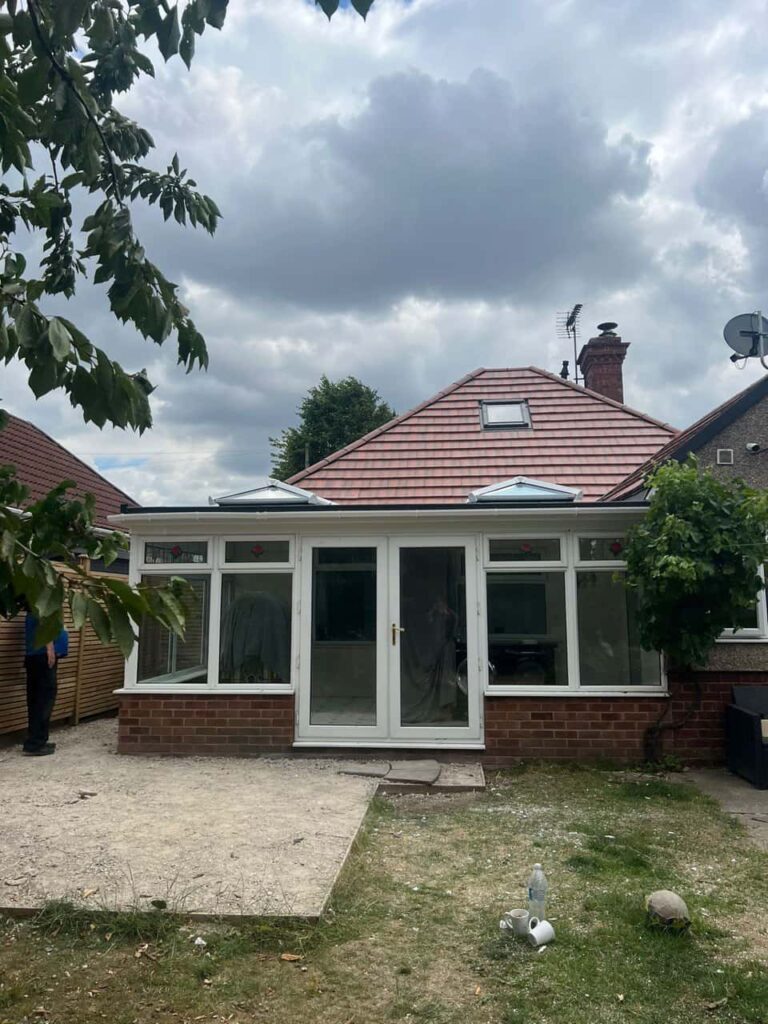Introduction: Flat roof penetrations, such as vents, pipes, and HVAC units, create potential entry points for water infiltration if not properly sealed. Ensuring these penetrations are effectively sealed is crucial for maintaining the integrity and waterproofing of flat roof structures. In this blog post, presented by Shirebrook Roofing Repairs, we’ll discuss the importance of sealing flat roof penetrations and provide a step-by-step guide on how to do it correctly.
Why Properly Seal Flat Roof Penetrations Matters:
Flat roof penetrations are vulnerable spots where water can easily enter the building envelope if not adequately sealed. Water infiltration through poorly sealed penetrations can lead to a range of issues, including:
- Interior Water Damage: Leaks from unsealed penetrations can cause water damage to ceilings, walls, and insulation, compromising indoor air quality and structural integrity.
- Mould and Mildew Growth: Moisture ingress promotes mould and mildew growth, posing health risks to occupants and requiring costly remediation efforts.
- Structural Deterioration: Prolonged exposure to water can weaken roof decking, insulation, and support structures, leading to structural deterioration and potential collapse.
- Energy Loss: Unsealed penetrations allow conditioned air to escape and outdoor air to enter the building, leading to energy loss and increased heating and cooling costs.
Step-by-Step Guide to Sealing Flat Roof Penetrations:
- Clean the Area: Remove debris, dirt, or old sealant around the penetration using a stiff brush or pressure washer. Ensure the surface is clean and dry before proceeding.
- Apply Primer: Apply a primer compatible with the roofing material to the area surrounding the penetration to promote adhesion and ensure a secure seal.
- Install Flashing: Install metal flashing around the penetration, ensuring it overlaps the roofing membrane and creates a watertight barrier. Secure the flashing in place using roofing nails or screws.
- Apply Sealant: Apply a generous bead of roofing sealant or caulking around the base of the penetration, filling any gaps or voids between the flashing and roofing membrane.
- Smooth and Seal: Use a putty knife or caulking tool to smooth the sealant and ensure proper adhesion to the roofing surface. Ensure the sealant forms a continuous, watertight seal around the penetration.
- Inspect and Test: Once the sealant has cured, visually inspect the sealed penetration for any signs of gaps or damage. Perform a water test by spraying the area with a hose to check for leaks.
Conclusion: Properly sealing flat roof penetrations is essential for preventing water infiltration and maintaining the roofing system’s integrity. Property owners can effectively seal penetrations and protect their flat roofs from water damage and other associated issues by following the steps outlined in this guide and using high-quality materials.
Call us on: 01623 701 195
Click here to find out more about Shirebrook Roofing Repairs
Click here to complete our contact form and see how we can help with your roofing needs.

